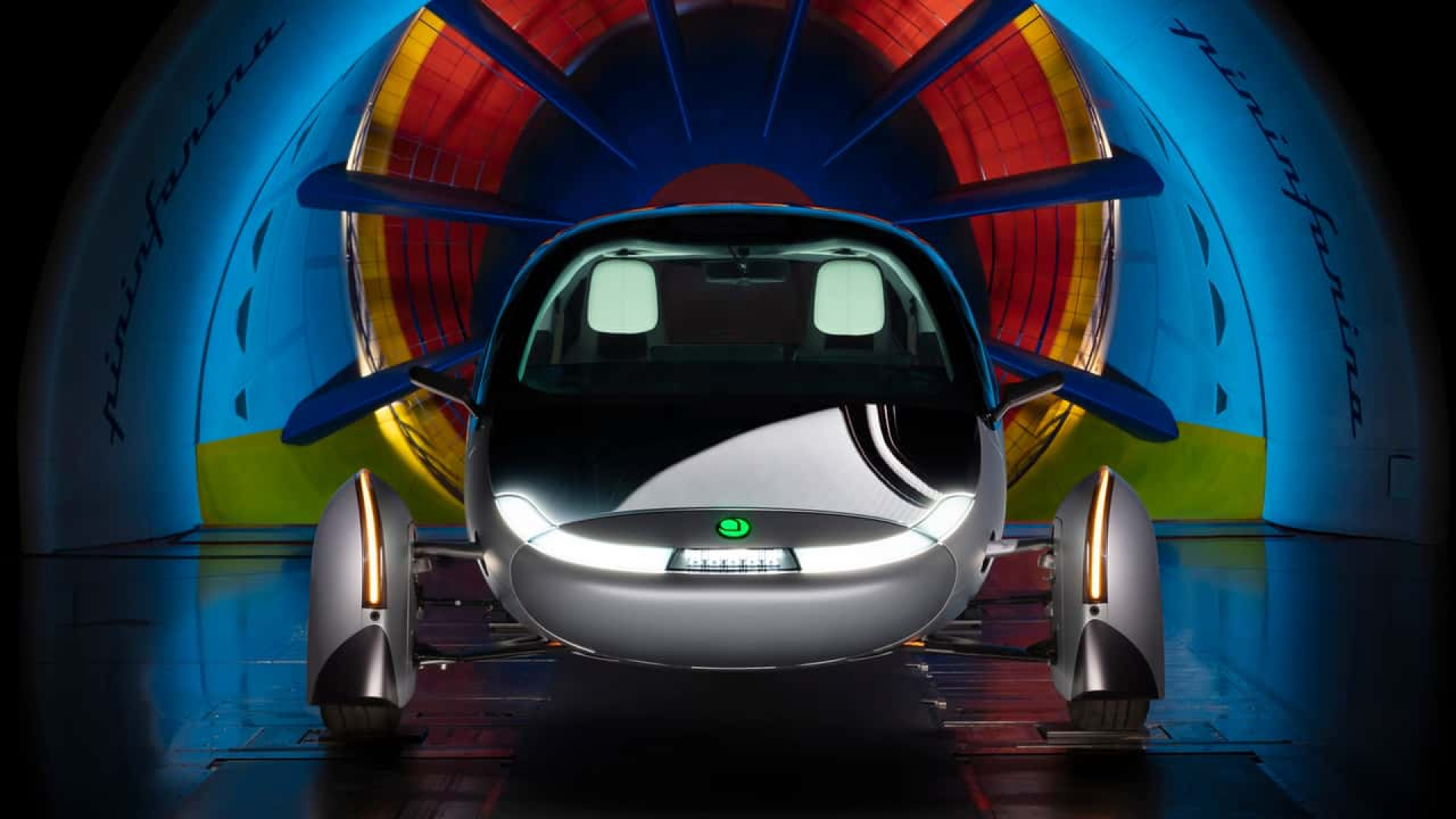Aptera Motors is redefining the concept of sustainable mobility with a proposal that integrates technological innovation and environmental sustainability. Its solar car, the Aptera, represents a leap forward towards a future in which solar energy could supply most of our daily transport needs. With a vision that combines energy efficiency, futuristic design and accessibility, Aptera Motors is trying to change the landscape of electric cars and solar technologies.
What is Aptera Motors?
Aptera Motors is a Californian startup that has developed an innovative electric vehicle powered mainly by solar energy. The company was founded in 2005 by Steve Fambro and Chris Anthony, with the aim of creating a car that minimizes environmental impact while offering practical autonomy for the average user. After years of development, the company presented in 2020 a new version of the vehicle, the Aptera 2e, which differs from traditional electric cars not only by the technology it uses, but also by its radical design and energy efficiency.
Technical characteristics of the vehicle
The Aptera is distinguished by a highly aerodynamic design, which minimises air resistance, a crucial factor in improving energy efficiency. The vehicle is equipped with solar panels integrated into the body, which are able to collect solar energy and convert it into electricity to power batteries. These solar panels are capable of generating up to 45 miles of additional range every day (about 72 km) in ideal conditions, such as those of a sunny day.
Autonomy and performance:
- Total autonomy: The Aptera is available in different battery configurations, with ranges ranging from 400 to 1,000 miles (approximately 640 – 1,600 km) on a single charge, depending on the version chosen. Thanks to its ultra-light design and the efficiency of electric motors, the vehicle can travel much longer distances than traditional electric cars.
- Speed and acceleration: The top of the range version of the Aptera is able to accelerate from 0 to 100 km/h in about 3.5 seconds, a time comparable to that of traditional sports cars.
- Engines: The Aptera is equipped with electric motors that operate in front, rear or all-wheel drive mode depending on the configuration, with powers ranging between 100 and 200 horsepower.
Design and materials:
- The design of the vehicle has been designed to maximise aerodynamic efficiency while reducing energy consumption. The car features a three-dimensional body that minimizes air resistance, and is built using lightweight and durable materials such as carbon and kevlar. This approach not only reduces the weight of the vehicle, but also contributes to its sustainability.
Integrated solar technology
The heart of the Aptera project is its solar panel system. The car is equipped with an array of solar panels that cover a significant part of the vehicle surface, such as the roof and part of the bonnet. These panels are single-crystal, a technology that offers greater efficiency in converting solar energy into electricity.
How the solar system works:
- Solar panels: The panels can store energy to charge the battery during the day, and in ideal conditions can power the vehicle without the need for external recharges for most of the daily journeys.
- Integration with the battery system: Energy collected from solar panels is stored in a high-capacity battery. Advanced energy management maximises system efficiency by minimizing the need for external recharges.
Environmental sustainability and energy impacts
The design of the Aptera is not just about optimising solar energy use; it also aims to reduce the overall impact of traditional cars on the planet. Thanks to its lightweight architecture and low energy consumption, the Aptera is a much more environmentally friendly solution than traditional fossil fuel-fuelled cars.
Environmental benefits:
- Zero emissions: The Aptera does not produce direct emissions, as it is powered exclusively by solar energy and rechargeable batteries.
- Low ecological footprint: The vehicle’s manufacturing process has been designed to minimize environmental impact, with the use of recyclable materials and a production strategy that optimizes energy.
Challenges and future
Despite the promising potential, Aptera Motors faces several challenges, including large-scale production, competition with other electric cars and sustainable mobility solutions, and the deployment of solar charging infrastructure. In addition, solar technology may not be able to fully meet energy needs under all weather conditions, reducing the effectiveness of the system on cloudy days or in winter.
Despite these challenges, Aptera’s innovative approach has attracted wide interest from investors, industry experts and consumers. With the further development of solar technologies and wider adoption of electric cars, Aptera could be one of the most promising solutions for the future of zero-impact mobility.
Conclusions
Aptera Motors is paving the way for a future in which solar-powered cars could become a common reality. With its aerodynamic design, integration of solar panels and unprecedented energy efficiency, Aptera represents a radical vision of sustainable mobility, challenging the conventions of the automotive industry. Although there are technical and economic challenges to overcome, Aptera Motors has shown that innovation combined with sustainability can lead to a new era of clean energy cars.




